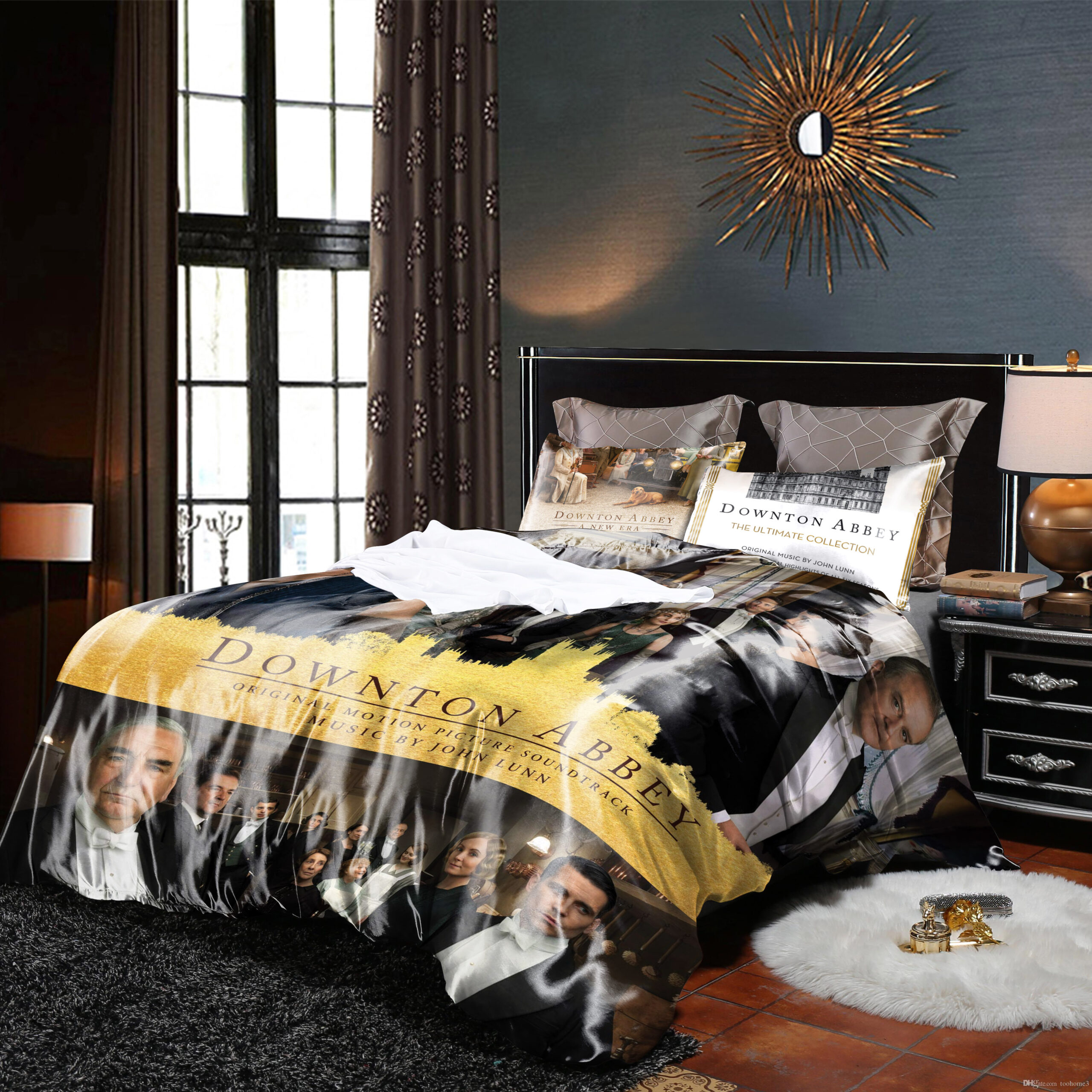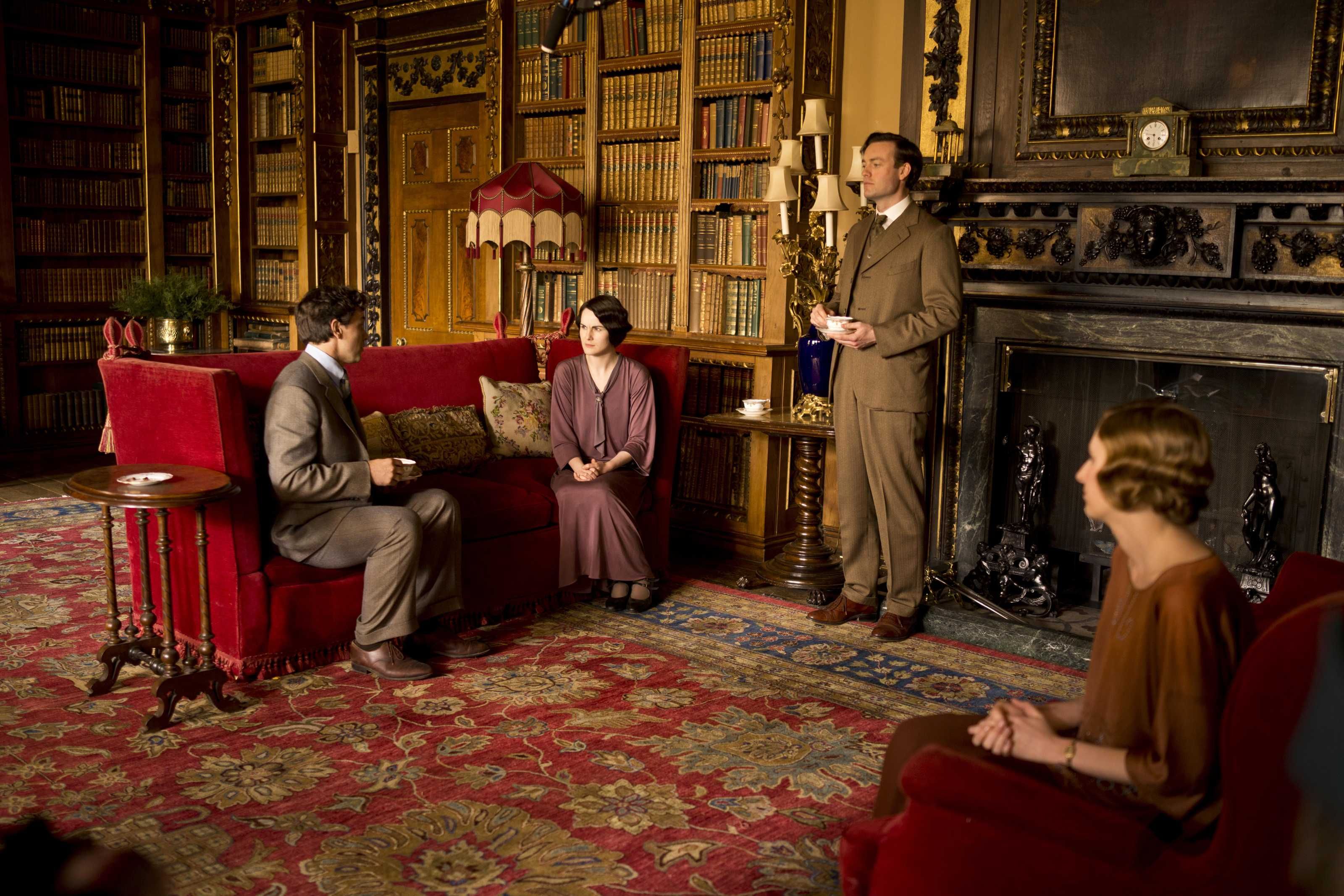Replicating the Downton Abbey Bedroom Look

The elegance and sophistication of Downton Abbey’s bedrooms are a timeless inspiration for those seeking to create a luxurious and refined space. To recreate this aesthetic, consider a combination of period-specific furniture, opulent fabrics, and carefully curated accessories.
Choosing Furniture, Downton abbey bedroom set
To capture the essence of a Downton Abbey bedroom, selecting furniture that embodies the grandeur of the era is crucial. The period is characterized by sturdy, well-crafted pieces often crafted from wood with intricate details.
- A four-poster bed is a quintessential element of a Downton Abbey bedroom, often adorned with elaborate carvings and a canopy.
- A dressing table with a large mirror is another key piece, allowing for a touch of vanity and elegance.
- A chest of drawers, typically with ornate hardware, provides ample storage space for clothing and accessories.
- An armchair or chaise lounge, upholstered in luxurious fabrics, adds a touch of comfort and sophistication.
Selecting Bedding
Bedding plays a vital role in achieving the desired look and feel.
- High-quality linen sheets, often with a crisp white finish, evoke a sense of cleanliness and luxury.
- A quilted or embroidered bedspread adds a touch of intricate detail and warmth to the bed.
- Embroidered or lace pillowcases and decorative throw pillows add a touch of softness and elegance.
Incorporating Vintage Elements
To enhance the authenticity of your Downton Abbey-inspired bedroom, consider incorporating vintage or antique elements.
- A vintage rug with a traditional pattern adds a touch of history and character to the room.
- A framed antique mirror can add a touch of vintage charm and create a sense of depth in the space.
- Vintage books stacked on a bedside table or a chest of drawers can add a touch of intellectualism and history.
Accessorizing
Accessorizing is key to completing the Downton Abbey bedroom look.
- Elegant lamps with silk shades or crystal accents add a touch of sophistication and create a warm, inviting atmosphere.
- Vintage porcelain vases filled with fresh flowers add a touch of natural beauty and elegance.
- A collection of antique silver or silver-plated items can add a touch of grandeur and history to the space.
The Evolution of Bedroom Design in the Early 20th Century: Downton Abbey Bedroom Set

The early 20th century witnessed a significant shift in bedroom design, moving away from the opulence and clutter of the Victorian era towards a more streamlined and functional aesthetic. This evolution was driven by a confluence of factors, including changing social norms, technological advancements, and a growing emphasis on comfort and practicality.
The Transition from Victorian to Edwardian Style
The Victorian era (1837-1901) was characterized by a love for ornate details, heavy fabrics, and a sense of grandeur. Bedrooms were often large, filled with elaborate furniture, and adorned with heavy draperies, wallpaper, and an abundance of decorative objects. This aesthetic, however, began to feel outdated by the turn of the century. The Edwardian era (1901-1910) ushered in a new sense of simplicity and functionality, reflecting the changing social landscape.
- Simplification of Ornamentation: Edwardian bedrooms embraced a more restrained approach to ornamentation, moving away from the excessive embellishment of the Victorian era. Furniture designs became cleaner and more streamlined, with simpler lines and less intricate carvings. The use of lighter fabrics and more subdued colors created a sense of spaciousness and tranquility.
- Emphasis on Comfort: Comfort became a paramount concern in Edwardian bedroom design. Softer, more comfortable mattresses and bedding replaced the hard, feather-filled beds of the Victorian era. The use of upholstered chairs and chaise longues provided additional seating options for relaxation.
- Increased Functionality: Edwardian bedrooms incorporated built-in storage solutions and practical features to maximize space and functionality. Wardrobes, dressing tables, and chests of drawers were designed to be more efficient and user-friendly.
Key Influences on Early 20th Century Bedroom Design
The evolving bedroom aesthetic of the early 1900s was shaped by several key influences, including:
- The Arts and Crafts Movement: This movement, which emerged in the late 19th century, emphasized handcrafted furniture and objects made from natural materials. The Arts and Crafts aesthetic influenced Edwardian bedroom design by promoting the use of simple, functional furniture and a focus on craftsmanship.
- The Art Nouveau Movement: Art Nouveau, with its emphasis on flowing lines, organic forms, and natural motifs, also had a significant impact on bedroom design. This influence is evident in the use of curved furniture, floral patterns, and decorative elements inspired by nature.
- The Rise of the Middle Class: The growing middle class in the early 20th century demanded more comfortable and functional homes, including their bedrooms. This demand led to the development of new furniture designs and materials that were both affordable and stylish.
The Changing Role of the Bedroom
The bedroom’s role in the home evolved significantly during the early 20th century, reflecting changing societal norms and values.
- Shift from Public to Private Space: The Victorian era saw the bedroom as a more public space, where guests might be received and social gatherings could take place. The Edwardian era, however, saw a shift towards a more private and intimate space for rest and relaxation. The bedroom became a sanctuary for personal reflection and rejuvenation.
- Emphasis on Individuality: The rise of individualism in the early 20th century was reflected in the bedroom’s design. Personal touches, such as photographs, books, and artwork, became more common, allowing individuals to express their unique tastes and personalities.
- Influence of Technology: The introduction of new technologies, such as electric lighting and central heating, further transformed the bedroom. Electric lights allowed for greater flexibility in bedroom design, while central heating made bedrooms more comfortable and inviting during the colder months.
